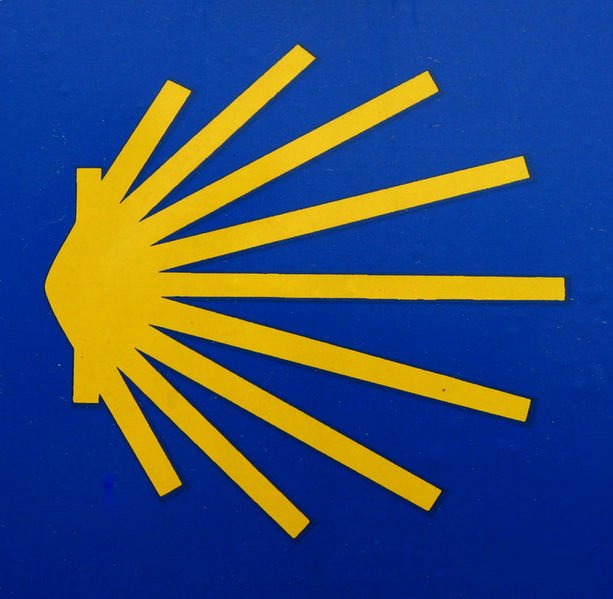Zamora and the 12th Century
First, let´s get this cleared up. I do not exaggerate (much) on my blog. Remember in October when Hurricane Gordon came ashore just 30 miles from my hostal? So, if you were wondering about yesterday´s story concerning the high winds--look up the weather in Spain on a good internet search engine. When I woke up this morning, the first story I heard on the news was about the high winds plaguing 10 provinces in Spain. They showed all sorts of the usual damage we see after a bad thunderstorm or a twister--downed trees, torn off roofs, dogs and cats doing unnatural things. Apparently, we had gusts of over 145 km/h--that´s 84 mph to you Americans. And I was 200 feet in the air!
Today, the weather was moderate with a light breeze from the southwest (do I sound like Troy Dungan?). I hopped on a bus early in the morning to ride 60 km north to the town of Zamora (pronounced tha-moh-rah, of course). Oh, it had the usual collection of 15th-century civic buildings, and a castle built in the 13th century on the ruins of a Moorish castle. What makes Zamora particularly attractive to me is that it had 22 churches and monuments that dated from the 12th century or earlier. The town is considered a museum of Romanesque architecture with its low, rounded arches and allegorical decorations. Thus far, most of the towns I´ve visited have had few buildings of this age that weren´t Moorish. Since Granada didn´t fall until 1492, the Moorish influence in southern Spain is profound. However, a town like Zamora which is just 50 km or so off the Camino de Santiago has been Christian since the 11th century.
Actually, the fact that the town is mid-sized also helped preserve the buildings. In a larger town like Salamanca, the few 12th-century sturctures have been "improved," which is to say that most of them were rebuilt. If you figure that the Great Plague hits about 1350 and halts construction until population and resources can recover--say about 1500--then, larger towns have the wealth to rebuild churches or town squares by 1550. This is about the time work began on the "New Cathedral" in Salamanca. What happens, of course, is that the old Romanesque elements are replaced by late Gothic or Neo-Classical styles. In a small town like Zamora, this doesn´t tend to happen as much simply because they don´t have the money. Instead, they make do with the old Romanesque buildings--because they knew I wanted to come along in 2007 and photograph them!
There were no fewer than eight Romanesque churches in Zamora--two with transverse vaults. Usually, the vault runs West to East towards Jerusalem. Two of the churches still maintained the West-East nave, but the arches ran counter to this orientation--really beautiful. Additionally, three of the churches were actually from the 11th century--one may have been started as early as 980AD. Their decoration were decidedly Celtic with the Celtic Knot ornamentation, stylized lions, and enlarged heads in human figures typical of Celtic art. All of this was very different from the Moorish-influenced Mozarabic architecture I´ve seen up to now. Finally, one of the churches--really a small chapel just outside of town and away from the fortress on the hill--was used by El Cid as a place for overnight vigil and prayer. It is the Chruch of Santiago of the Caballeros because El Cid´s horsemen are supposed to have stood guard outside while he was at prayer.
What I enjoyed most about Zamora was the intimacy of the church environment. These were parish churches, not soaring cathedrals. Somehow, lacking the need for grand public ceremony or ostentation, these sanctuaries, each with its unique feature, speak more clearly about the nature of Medieval life and worship than a great edifice. The subtile variations in decoration or style stand witness to the personal voice that the local parishoners wanted to include in their worship. Unfortunately, that voice is trapped in fading stonework and can be subtile indeed.
I´m back in Salamanca tonight, and eager to venture on to Avila. Those who want extra-credit will look up St. Theresa of Avila--I´m going to see her tomorrow (well, parts of her). !Hasta luego¡


0 Comments:
Post a Comment
<< Home